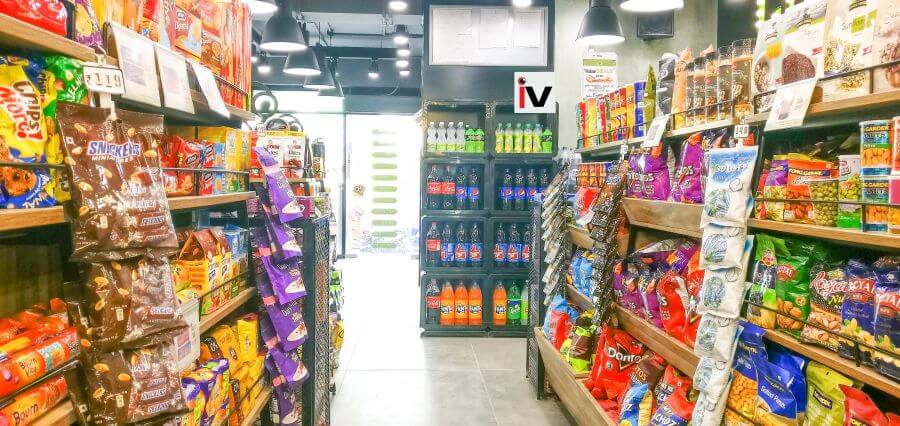A 6.5 percent increase in volume at the all-India level has contributed to the 6.6% growth in value of the FMCG industry. According to consumer research firm NielsenIQ, the Indian FMCG business grew by 6.5% in volume terms on a national scale between January and March of 2024, with rural consumption overtaking urban consumption for the first time in five quarters.
NielsenIQ (NIQ)’s quarterly snapshot for Q1 2024 reflected the growth in consumption in the first quarter of 2024 was driven by both the food and non-food sectors, with non-food seeing nearly twice as much growth as food.
A 6.5% increase in volume across the board in India is responsible for the 6.6% growth in value of the FMCG sector. It also stated that this quarter’s volume growth exceeded that of Q1 2023, which was 3.1%.
NIQ Head of Customer Success India, Roosevelt Dsouza said, “The FMCG industry’s growth continues to be driven by consumption trends in Q12024 with rural areas surpassing urban growth for the first time in five quarters.” Dsouza said further that home and personal care (HPC) categories have outperformed food categories. While food categories witness higher unit purchases, the growth in HPC is largely driven by the popularity of larger pack sizes.
The quarterly snapshot revealed that traditional and rural trade is growing, but consumption in urban and modern trade is slowing down.
“In Q12024, rural consumption growth outpaced urban growth as it progressively picked up speed. Urban consumer demand is declining sequentially, with a 5.7% increase this quarter, according to NIQ.
Modern trade continues to show robust double-digit volume growth in the retail sector, at 14.7%. Contrarily, traditional commerce saw steady growth, with volumes growing by 5.6% in Q1 2024 compared to 5.3% in Q4 2023, indicating that traditional retail channels are holding their ground, the report continued.
The snapshot indicates that both the food and non-food sectors contributed to the increase in consumption in India overall, with the non-food sector growing at a rate nearly double that of the food sector.
“More units were purchased in food categories compared to the same period last year, whereas in non-food, more large packs were bought,” said the report.


1 comment
We stumbled ovrr here coming from a different page and thought I might as
werll check things out. I like what I see so i am just following you.
Look forward to looking into your web page for a second
time. https://hot-fruits-glassi.blogspot.com/2025/08/hot-fruitsslot.html